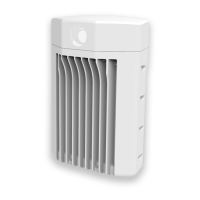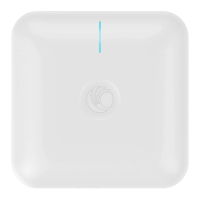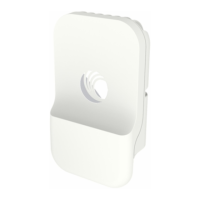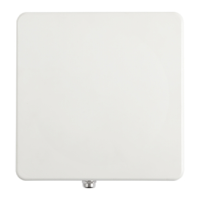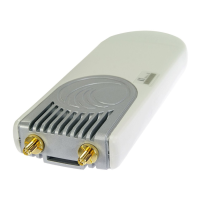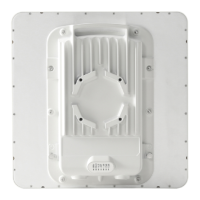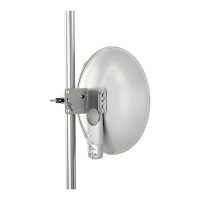Product Safety Information 9
10. Strong radio frequency (RF) fields will be present close to the antenna when the transmitter is on.
Always turn off the power to the radio before undertaking maintenance activities in front of the
antenna.
11. Ensure that personnel is not exposed to unsafe levels of RF energy. The units start to radiate RF
energy as soon as they are powered up. Never work in front of the antenna when the radio is
powered. Install the radios to provide and maintain the minimum separation distances from all
persons. For minimum separation distances, refer
60 GHz cnWave™ User Guide
.
12. Ensure that the installation meets the requirements defined in the Installation section.
13. To provide effective protection against lightning-induced surges, observe these requirements:
l Grounding conductor runs are as short, straight and smooth as possible, with bends and
curves kept to a minimum.
l Grounding cables must not be installed with drip loops.
l All bends must have a minimum radius of 200 mm (8 in) and a minimum angle of 90°. A
diagonal run is preferable to a bend, even though it does not follow the contour or run
parallel to the supporting structure.
l All bends, curves, and connections must be routed towards the grounding electrode
system, ground rod, or ground bar.
l Grounding conductors must be securely fastened.
l Braided grounding conductors must not be used.
l Approved bonding techniques must be used for the connection of dissimilar metals.
14. Radios are not designed to survive direct lightning strikes. For this reason they must be installed in
Zone B as defined in the Lightning protection zones section in the
60 GHz cnWave™ User Guide
.
Mounting in Zone A may put equipment, structures, and life at risk.
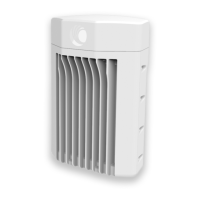
